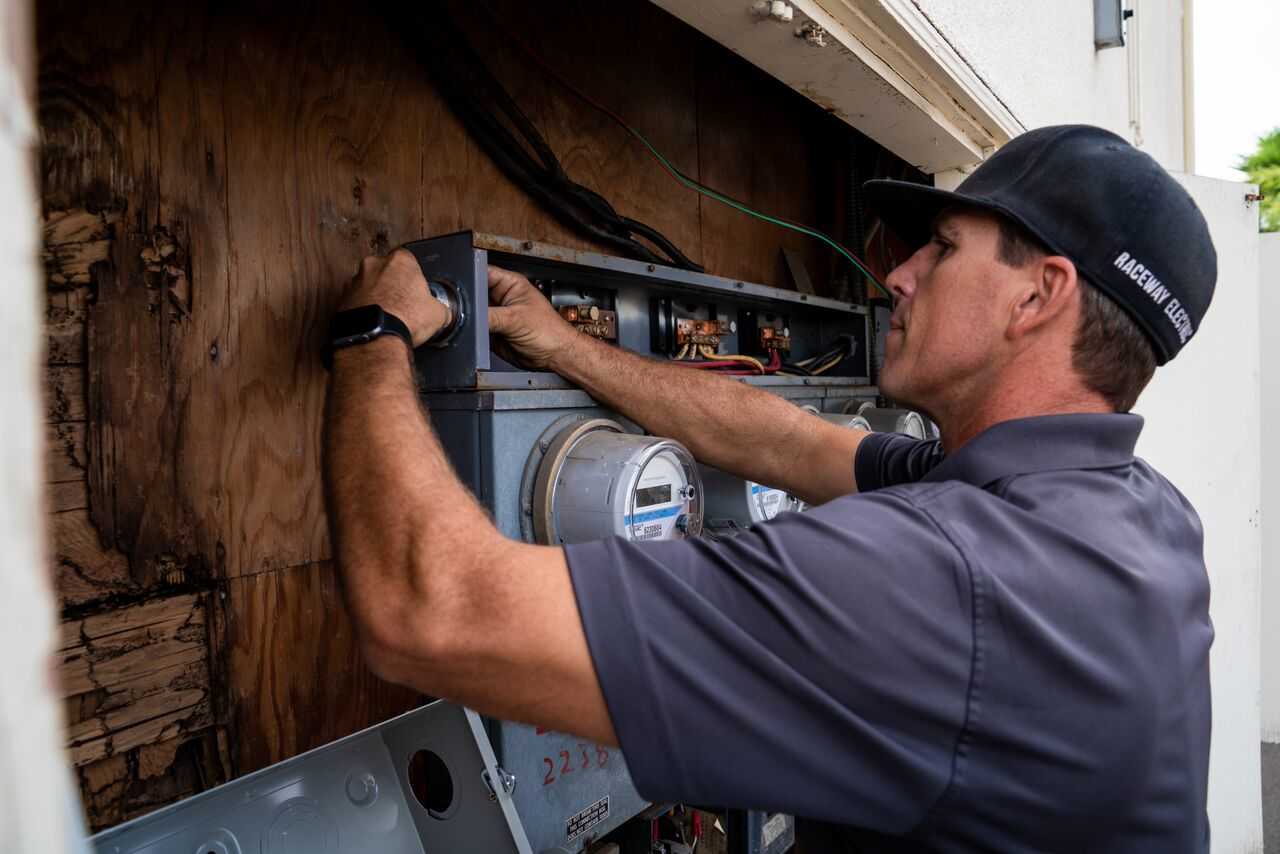“Whattya mean, I’m not making enough mistakes?” Ron sat dumbfounded at his boss’s desk, wondering if she’d lost her mind.
“Take a breath,” she smiled. “The point is that you’re not reaching your potential because you’re too worried about making mistakes.”
“Of course I try to avoid mistakes. Didn’t you just fire somebody for making too many mistakes?”
“Actually, no. That situation was because the same mistake happened regularly and the employee wouldn’t follow an improvement plan. The difference is that repeating mistakes can get you fired, but learning from mistakes can get you promoted!”
“So how many mistakes am I expected to make?”
“That’s your challenge right there!” exclaimed the boss, laughing. “Stop worrying about the number of mistakes you make. If your mind-set is that somebody is waiting for you to make a mistake, you’re stuck in a self-conscious rut.
“Instead, imagine your customers and your team curious to hear what creative solution you’ll come up with next! The ones that work give you a reputation as an innovator and the ones that don’t work give you a chance to learn and improve.”
“I do have an idea to try out on you to see if…” Ron began, but the boss interrupted.
“Will it help your customers?”
“I think so. If we…”
But again, she interrupted. “Then do it. You know your job; now have confidence to try ideas to improve your job.”
Ron could tell the conversation was over. “Guess I’ve got work to do,” he smiled.
“Good!” the boss replied, holding out a sheet of paper. “Here’s a checklist to help.”
How to make smart mistakes
Dare mistakes to happen
Freezing to avoid mistakes is not growing. Learning comes from listening to helpful feedback and feedback comes when you’re in motion. Mistakes become teachers when we recognize, communicate and implement course corrections.
Consider values & objectives
Planning only for immediate challenges leads to frequently having to change shortsighted plans. Weigh ideas against long-range goals and organizational values and be willing to take risks to achieve those worthwhile objectives and values.
Don’t kill an idea with research
Begin when you have a reasonable fraction of data you think you need. The rest of the information will come as feedback when you’re in motion; you’re expected to make adjustments as you learn. Standing still to gather the last tidbits of information is indecision and some of the information you’ve gathered may even be outdated by the time you begin.
Make team decisions
When team members have input into a choice, they’re committed to making their plan succeed. If a mistake looms, they’re committed to making corrections rather than assigning blame
Don’t ask – tell
Playing “Mother May I?” wears out your boss and leaves you powerless. Come up with a plan you believe in and report it matter-of-factly with your overall action plan. If the boss has questions, you’ll hear them, but don’t try to make the boss responsible for your plan’s success or failure – that’s your territory.
Take calculated risk
“Safe” plans have lower learning potential. When you see an opportunity, leap at it! Whether succeeding brilliantly or going “splat,” you’ll have learned what happens when you do that and have generated new feedback to enhance your learning. Remember to thank people for their feedback, regardless of whether it was delivered kindly or soaked in vinegar. Then, let people (especially your team) know what you learned and what you’ll do differently next time.
Serve your customer
Correct decisions and mistakes are each made on behalf of your customer. Let them know how wise and brave they were when risks succeed and how confident they can be with your corrective actions when you notch a magnificent mistake. Any explanations you must make will make sense when you’re in service of your customer.
Be accountable
The game is ‘No blame.’ If a risk turns out to be a mistake, take full accountability and spearhead the effort to correct the outcome and document what you learned. Blame turns mere mistakes into failures and ruined relationships.
Share credit; take accountability
When risks pull through with no major mistake, spread credit lavishly, making sure top management hears about the team achievement. Not merely so that others enjoy working with you, but because learning isn’t only from correcting mistakes – people also learn and are inspired by seeing what it looks like when they get credit for mistake-free work.
Risk analysis isn’t about avoiding risk; it’s about identifying obstacles and knowing what you’ll do when problems come up. Having a “Plan B” and even “Plan C’ makes it more likely your exploration will carry the twin labels of “educational” and “successful!”














Find Us on Socials